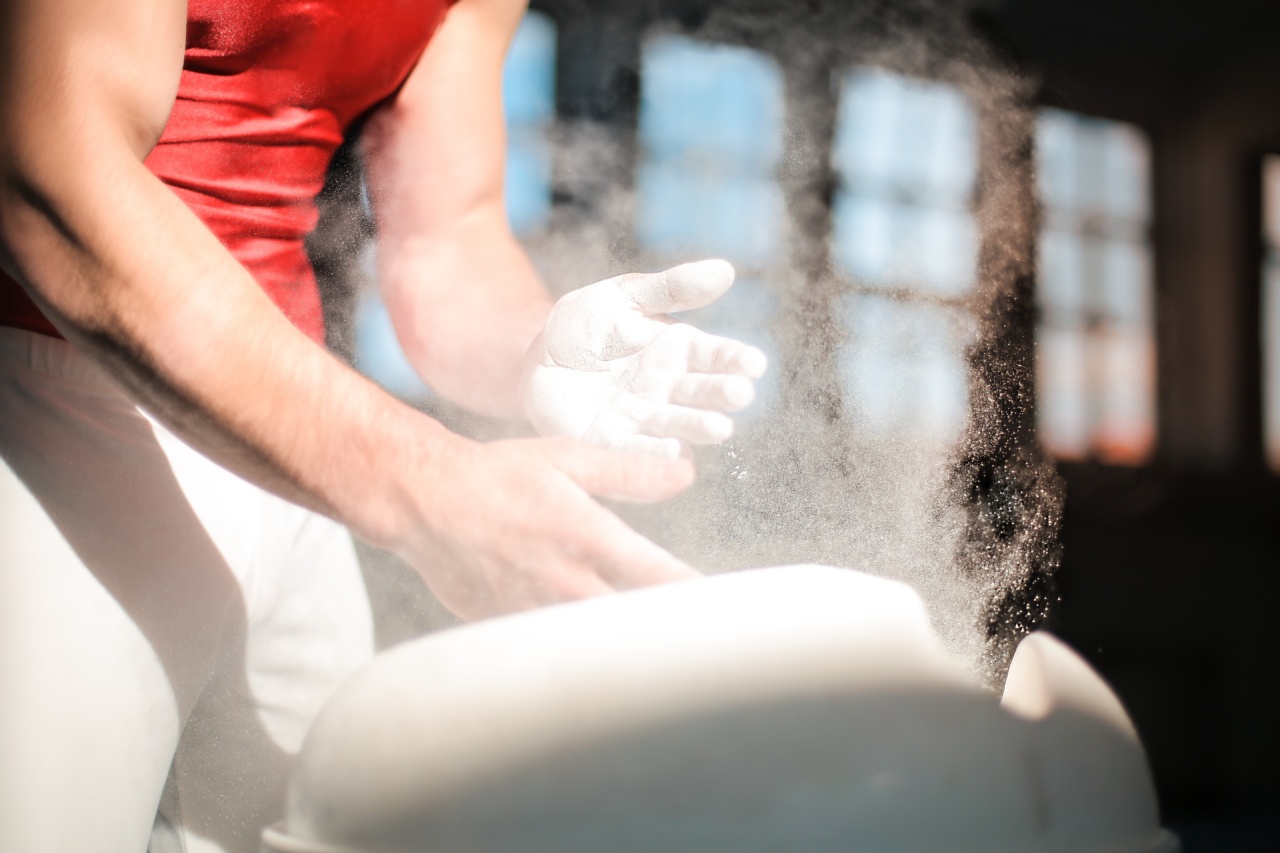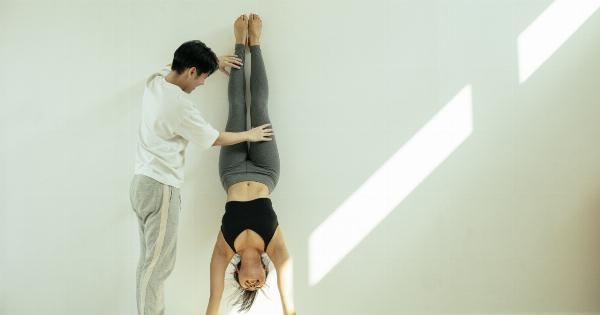As we age, it is important to take proactive steps to maintain our brain health.
Regular exercise has long been recognized as a vital component in maintaining physical health, but did you know that it also plays a crucial role in protecting and preserving the aging brain? Recent studies have shown that even light exercise, such as walking or gardening, can have significant benefits for cognitive function and overall brain health.
1. Exercise and Brain Health
The link between exercise and brain health is not a new concept. Numerous studies have consistently demonstrated that engaging in regular physical activity can have a positive impact on brain health, particularly in older adults.
Exercise has been shown to improve memory, attention, and executive function, as well as reduce the risk of cognitive decline and age-related neurodegenerative diseases, such as Alzheimer’s disease.
2. Effects of Light Exercise on the Aging Brain
While vigorous exercise certainly has its benefits, recent research has highlighted the potential benefits of even light exercise on the aging brain.
Light exercise refers to activities that are less strenuous and less intense, such as walking, gardening, or performing household chores. These activities may not elevate the heart rate significantly but still provide meaningful benefits.
A study published in the journal Neurology followed a group of older individuals who engaged in light exercises, such as walking or yoga, for a period of six months.
The results showed that these individuals experienced improvements in cognitive function, including memory and attention, compared to those who did not participate in any form of exercise.
3. Mechanisms Behind the Benefits
So, what mechanisms are at play that make light exercise beneficial for the aging brain? One key mechanism is the increased blood flow and oxygen supply to the brain during exercise.
As we engage in physical activity, blood vessels dilate, allowing for greater circulation throughout the body, including the brain. This improved blood flow delivers essential nutrients and oxygen to brain cells, promoting their health and function.
Additionally, exercise has been shown to stimulate the release of various growth factors, including brain-derived neurotrophic factor (BDNF), which plays a crucial role in the growth and survival of brain cells.
BDNF levels tend to decline with age, but regular exercise can help maintain or even increase its production, supporting the overall health of the aging brain.
4. Other Benefits of Light Exercise
Aside from its direct effects on brain health, light exercise offers a multitude of other benefits for the aging population.
It can help improve cardiovascular health, reduce the risk of chronic diseases such as diabetes and hypertension, and promote overall well-being.
Engaging in light exercise also has a positive impact on mental health.
Exercise has been shown to reduce symptoms of depression and anxiety, boost mood, and improve sleep quality – all of which are critical factors in maintaining brain health and cognitive function.
5. Incorporating Light Exercise into Daily Routine
It is never too late to start incorporating light exercise into your daily routine. The key is to find activities that you enjoy and that match your abilities and preferences. Some examples of light exercise include:.
- Walking or jogging
- Gardening
- Yoga or tai chi
- Dancing
- Household chores
It is important to remember that consistency is key. Aim for at least 150 minutes of moderate-intensity exercise per week or 75 minutes of vigorous exercise if your health permits.
If you have any underlying health conditions or concerns, it is always advisable to consult with a healthcare professional before starting any new exercise routine.
6. Conclusion
Regular exercise, including both moderate and light intensity activities, is beneficial for brain health and can help protect against cognitive decline and age-related neurodegenerative diseases.
Even light exercise, such as walking or gardening, can enhance cognitive function and promote overall brain health in older adults. So, put on those walking shoes or grab a gardening tool – your brain will thank you!.






























